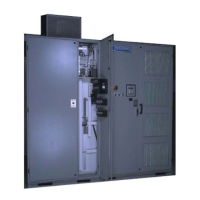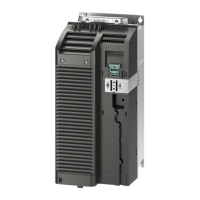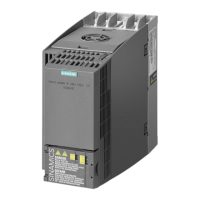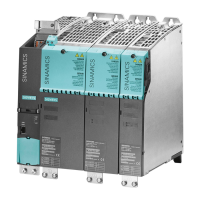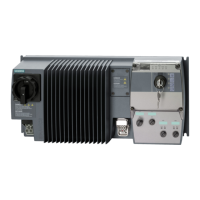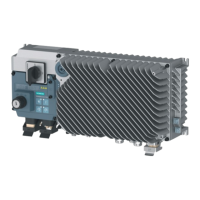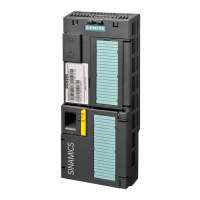7.11 Command Generator
The control includes provisions for output speed demand entry as required for a specic
application. The active reference source is congured per specic system requirements and can
be dynamically changed. This is implemented via the drive’s SOP.
The following subsections dene the command generator functional blocks shown in the gure
below.
$QDORJ,QSXW
6RXUFHV
5DWLR
&RQWURO
3,'&RQWUROOHU
6HWSRLQW
6RXUFHV
6SHHG
3URILOH
&ULWLFDO
6SHHG
$YRLGDQFH
5HIHUHQFH
3RODULW\
&RQWURO
6SHHG
5DPS
6SHHG
/LPLWV
Figure 7-24 Command Generator
Stopping modes
There are three stopping modes in the control. SOP logic is required to select the modes:
• Ramp Stop for controlled speed deceleration: Ramp Stop selected AND Run Request false
• Quick Stop for rapid torque-limited deceleration: Quick Stop selected AND Ramp Stop not
selected AND Run Request false
• Coast Stop for removing power to the motor quickly, the load and motor will coast to rest
based on friction and inertia: Quick Stop not selected AND Ramp Stop not selected AND Run
Request false
7.11.1 Analog Input Sources
The control provides a means to provide multiple analog input sources that can be selected as
demand inputs to the system. The control scales these analog values into internal units, and
monitors the levels for possible loss of signal conditions. The control includes provisions for
predetermination of VFD action upon loss of signal conditions, including maintain speed,
transition to preset speed, or trip VFD.
Ratio Control
The ratio control is simply a fractional scaling unit available for the analog reference signals. This
feature allows multiple drives to share the same reference signal with rescaled output signal
levels.
Operating the Control
7.11 Command Generator
NXGPro+ Control Manual
218 Operating Manual, A5E50491925A
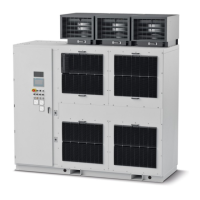
